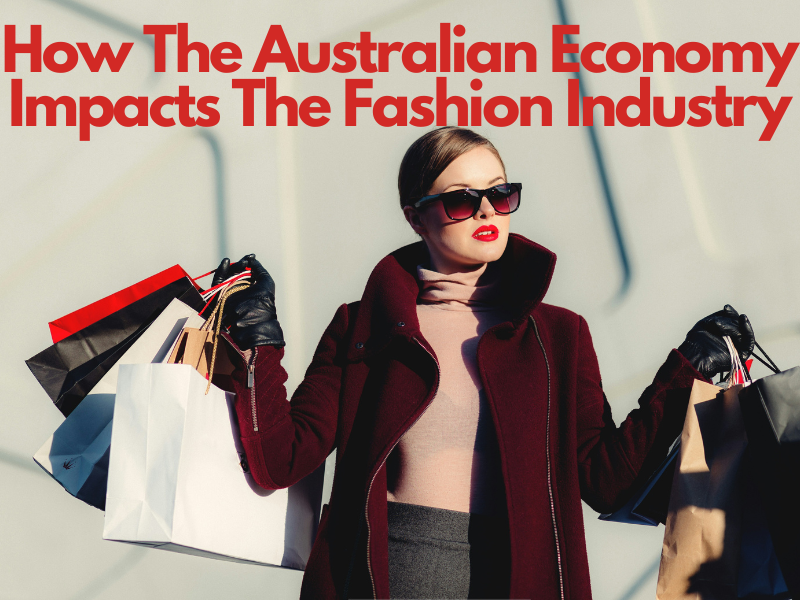HOW DIGITISING CAN IMPROVE FASHION SUSTAINABILITY
Did you watch the recent Four Corners story on the 'Unglamorous World of Fast Fashion?' It highlighted that the fashion industry is responsible for 10% of annual global carbon emissions.
Also:
- It takes 3,781 litres of water to produce a single pair of jeans, (that’s 33.4 kilograms of carbon emissions).
- Millions of tonnes of textiles end up in landfill.
- With the rise of online shopping, the demand for cheap and readily available clothing has created a new fashion boom.
The fashion industry needs to innovate in order to improve it's credentials, image and sustainability, enable transparent supply chains and reduce the impact of the fast fashion movement. Here are some recent innovations doing just that:
The Digital Birth Certificate
A digital birth certificate for a product is honestly such a clever idea. Ever purchased a secondhand item but you were unsure of it’s origins? I mean, it looks vintage, it looks designer, but what is it made of and is it genuine?. New York start-up Eon aims to reduce the barriers to creating a circular fashion economy through enabling products to be clearly identified. Like a digital passport for clothing, Eon can track the entire life of a garment, which helps to increase its lifecycle and reduce wastage.
Digital Fashion Illustration
Often viewed as ‘not creative’, digital fashion illustration has the potential to transform the fashion industry and reduce fashion production times. There is an ability to reduce time to market by fashion embracing and running with digital fashion illustration programs. There is however, resistance from designers using 3D CAD/CAM software, which is often due to the technical nature of the interfaces on offer for designers.
Artificial Intelligence (AI)
AI is a fantastic data prediction tool that can be used for trend forecasting to enable accurate quantities to be ordered and manufactured for brands, reducing unnecessary waste. Traditional forecasting techniques include observation and data collection from designers and influencers. However, that is subject to considerable inaccuracies which impacts on waste. Planning the right styles and quantities is essential to improving sustainability.
Analytics can also be used for wardrobe planning for customers. The British Fashion label Finery has an automated wardrobe planning tool that allows customers to create looks from their wardrobe and add to their outfit selection by choosing from over 10,000 shops.
If your business requires support to increase it’s innovation agenda, speak to Janine, Amy and Natalie at Permanser Consulting.










